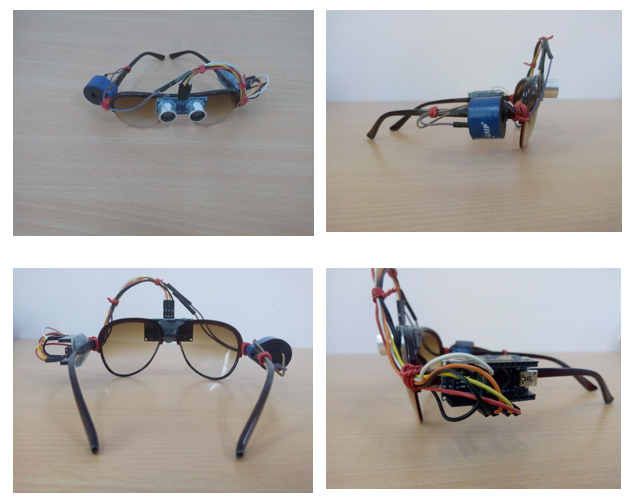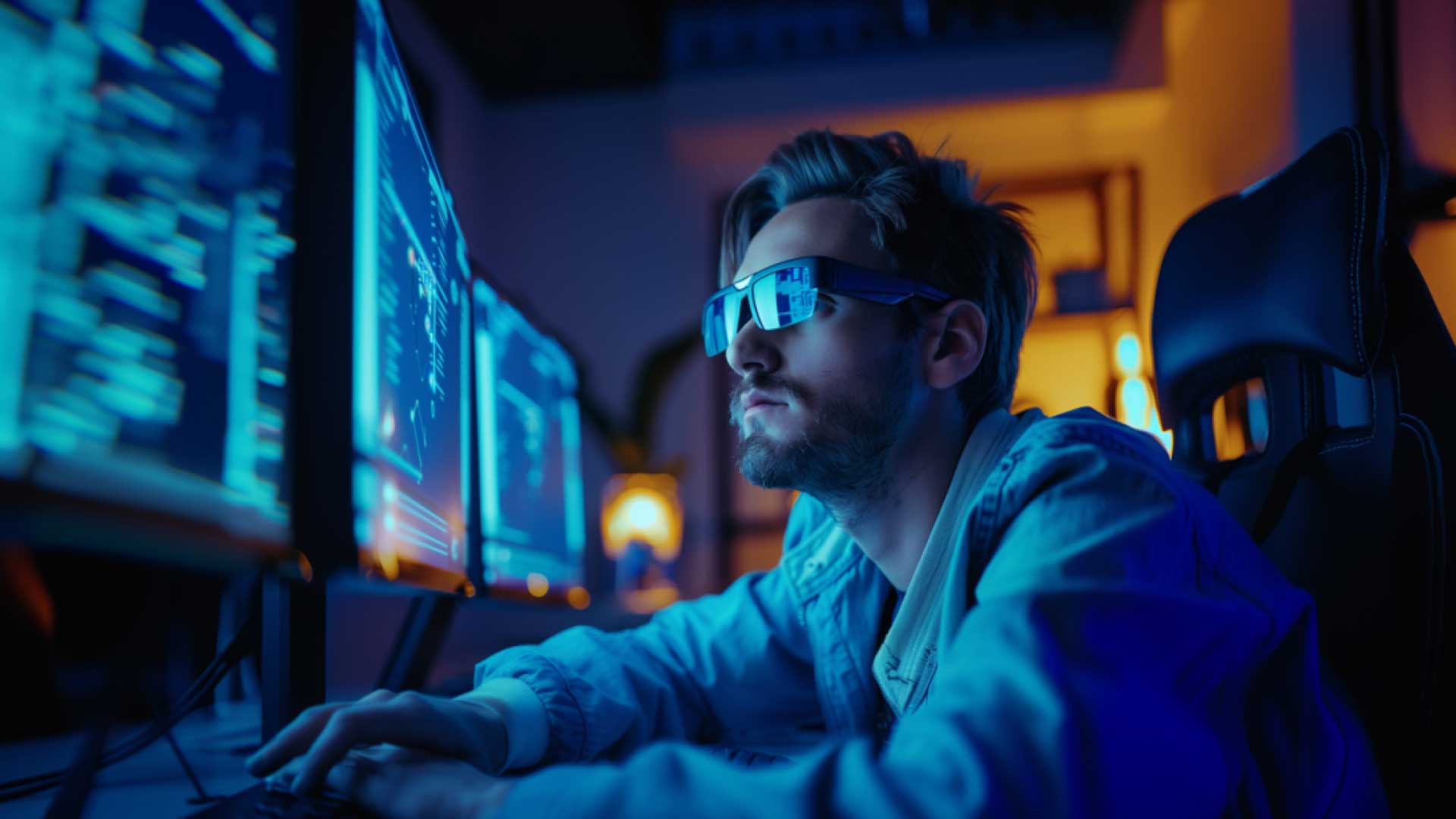Speech-to-Text Devices for Low Vision Users: Enhancing Communication and Productivity
Speech-to-Text Devices for Low Vision Users: Enhancing Communication and Productivity
Blog Article
Discover Advanced Assistive Instruments for People With Aesthetic Problems
The landscape of assistive modern technology for individuals with aesthetic disabilities is developing rapidly, offering a range of innovative tools that boost freedom and involvement (Braille displays and notetakers). From clever glasses that flawlessly combine aesthetic input with auditory guidance to sophisticated navigation applications that redefine spatial recognition, these tools are reshaping possibilities. In addition, the current developments in Braille modern technology and voice-activated systems substantially add to access. The effects of these advancements extend far past simple capability; they test standard assumptions of special needs and independence. What might this indicate for the future of inclusion and support?
Smart Glasses Innovations
Smart glasses represent a considerable improvement in assistive modern technology for individuals with aesthetic problems. These ingenious devices incorporate numerous functions developed to boost the customer's interaction with their atmosphere. Equipped with cameras and sensing units, clever glasses can catch real-time aesthetic information, which is after that processed and conveyed to the individual through sound feedback or haptic experiences. This functionality allows individuals to obtain instant summaries of their surroundings, boosting their capacity to navigate and involve with the globe.
In addition, innovations in expert system have actually even more boosted the capabilities of clever glasses. Device understanding formulas can recognize faces, checked out message, and identify items, making them important tools for everyday tasks. Customers can get acoustic cues that give context about their setting, fostering freedom and confidence.
In addition, the ergonomic design and light-weight nature of numerous clever glasses make them ideal for prolonged use, making certain comfort while enhancing capability. As these devices proceed to progress, they hold the possible to change the means people with visual impairments experience their every day lives, linking the gap between access and technology. The ongoing research study and advancement in this field pledge to increase the opportunities for wise glasses, making them a vital component of contemporary assistive tools.
Navigating Apps and Devices
Various navigation applications and tools have actually become important sources for individuals with visual impairments, considerably enhancing their ability to go across strange atmospheres. These technologies utilize general practitioner performance, audio cues, and real-time information to give customers with specific navigation support.
One prominent example is the Aira application, which attaches individuals to skilled agents who can provide aesthetic descriptions of environments and navigation advice with a real-time video clip feed. This service boosts the individual's spatial understanding and confidence while navigating. Another notable device is Seeing Eye GPS, which provides voice-guided navigating and sights, allowing users to accessibility crucial information concerning their environments.

As innovation proceeds to advancement, the advancement of more sophisticated navigation tools guarantees to more equip individuals with visual disabilities, promoting smooth mobility and combination into diverse settings. Such developments contribute in advertising an extra comprehensive culture.
Braille Modern Technology Advancements
Over the last few years, advancements in Braille modern technology have actually substantially changed how individuals with aesthetic impairments access info and engage with the world around them. The development of mobile Braille displays has reinvented analysis pediatric optometrist by allowing users to link wirelessly to tablets, computer systems, and smart devices. These tools transform text right into Braille in real-time, enabling smooth interaction with digital content.
Moreover, ingenious Braille printers have arised, improving the manufacturing of responsive products. Modern embossers are much faster and much more efficient, permitting the quick development of Braille files and instructional products. This performance reduces the moment and expense connected with generating Braille sources, making them a lot more easily accessible to colleges and companies.
In addition, the assimilation of Braille with other innovations, such as artificial intelligence and artificial intelligence, has actually opened up new methods for individualized discovering experiences. Voice acknowledgment and synthesis modern technologies can complement Braille, giving a comprehensive technique to details dissemination.
As the demand for comprehensive education and learning and work environment settings expands, these technical developments play a critical duty in equipping individuals with aesthetic disabilities, ensuring they have equal accessibility to details and chances in numerous elements of life.
Wearable Tools for Self-reliance
A growing variety of wearable gadgets is enhancing self-reliance for people with aesthetic problems, providing innovative services that improve navigation and day-to-day living. Braille displays and notetakers. These tools utilize sophisticated technologies to supply real-time feedback and assistance, promoting autonomy in numerous atmospheres

Wearable modern technology also includes smartwatches that can be configured with availability features, making it possible for customers to obtain notifications, track their locations, and even call for aid with the touch of a button. In addition, some devices integrate fabricated knowledge to examine the setting, offering sound summaries of imp source nearby items or people.
Voice-Activated Assistive Solutions
Leveraging voice-activated assistive options has actually transformed the landscape of support for individuals with aesthetic disabilities, supplying hands-free communication and accessibility to a range of tasks. These innovations make use of natural language handling and artificial intelligence to enable users to perform day-to-day tasks via easy voice commands.

Furthermore, recent developments in voice acknowledgment precision have actually boosted the user experience dramatically, accommodating diverse accents and speech patterns. This inclusivity ensures that more people can gain from these modern technologies, cultivating a greater feeling of freedom.
Conclusion
Finally, the advancement of advanced assistive gadgets significantly enhances the self-reliance and lifestyle for people with aesthetic problems. Developments such as clever glasses, navigating applications, Braille technology, wearable gadgets, and voice-activated options collectively foster a more comprehensive setting. These modern technologies equip customers to navigate their surroundings with self-confidence and engage even more completely with the world, ultimately advertising higher ease of access and level playing fields for individuals facing aesthetic difficulties.
The landscape of assistive innovation for people with aesthetic impairments is advancing quickly, presenting a range of cutting-edge gadgets that improve freedom and engagement.Smart glasses represent a substantial innovation in assistive modern technology for individuals with aesthetic impairments. As these gadgets proceed to evolve, they hold the prospective to look at this site transform the way people with visual disabilities experience their everyday lives, linking the void between ease of access and innovation.In current years, advancements in Braille technology have actually significantly changed how people with aesthetic problems access information and engage with the world around them. These technologies empower individuals to browse their environments with self-confidence and involve even more fully with the world, inevitably advertising better ease of access and equivalent opportunities for individuals dealing with aesthetic difficulties.
Report this page